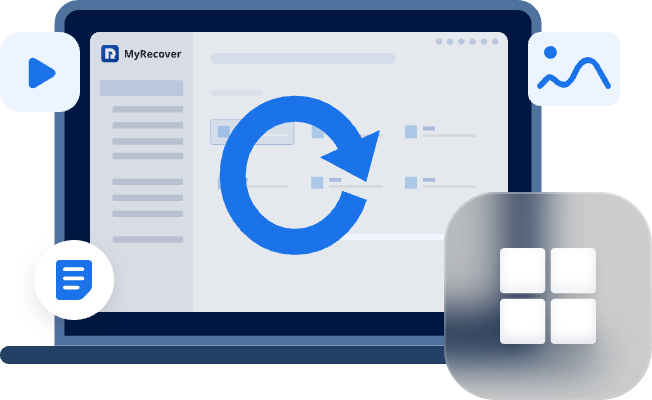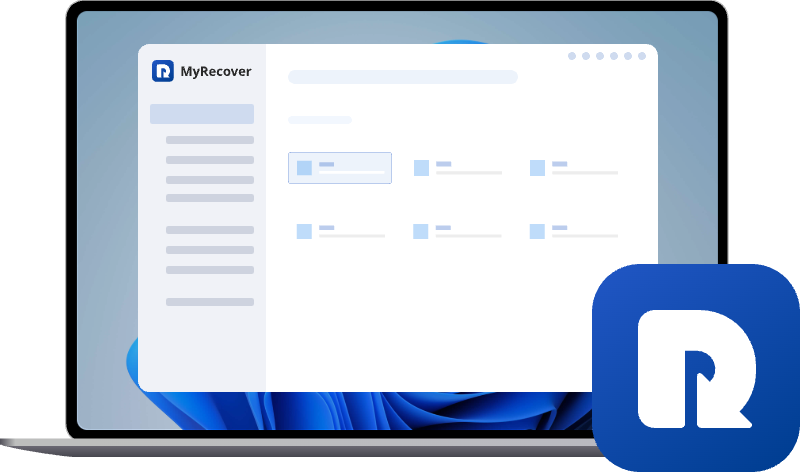Desktop Files Missing After Windows 10 Update
If after Windows 10 update desktop file is missing, don’t panic. This guide shows step-by-step methods to recover lost files and restore your desktop seamlessly, ensuring your important data is safe and accessible again.
Introduction
Did your desktop files mysteriously vanish after a Windows 10 update? You’re not alone. Many Windows users panic when they wake up to a clean desktop after an update, wondering where all their files have gone. Don’t worry — in most cases, your data isn’t lost forever. In this guide, we’ll break down why this happens and the best ways to get your files back quickly and safely.
Why Desktop Files Go Missing After a Windows 10 Update?
Windows updates are designed to improve your system, but they can sometimes shake things up. Here’s why your desktop files may seem to disappear:
Profile Issues After Update
After a big Windows update, your profile settings may change. Sometimes, Windows signs you into a different or temporary profile. When this happens, your files look “gone,” but they’re actually tied to your original account.
Temporary or Default User Profiles
Windows might create a default user profile during updates. This clean profile doesn’t have your files, making it look like everything’s gone. But the old data is usually still on your hard drive.
Hidden Files and Folders
It’s also possible your files are just hidden. Updates occasionally reset folder view settings, which hides your desktop files until you unhide them manually.
Data Migration Errors During Updates
During major updates, Windows moves files between directories. If something glitches, your files might get stored in unexpected folders like Windows.old.
Immediate Steps to Take When Files Disappear
Before you go full panic mode, take these quick steps to check if your files are simply misplaced:
1. Don’t Panic — Check Recycle Bin First
It may sound obvious, but sometimes files are automatically deleted or relocated to the Recycle Bin during updates. Check there first.
2. Restart Your Computer
A simple restart can refresh your profile and bring your desktop back to normal. It’s worth a shot before digging deeper.
3. Check User Accounts
Press Win + L to log out, then sign back into your main account. If you’re on a temporary profile, logging back into the right one often restores your files instantly.
4. Look in the Windows.old Folder
Windows keeps a backup of your old system files in C:\Windows.old after an update. Navigate to this folder to see if your old Desktop, Documents, or Downloads are stored there.
[4 Methods to Recover] Desktop Files Missing After Windows 10 Update
If your files aren’t immediately visible, you still have options to recover them. Below are detailed step-by-step guides for each method:
1. Use File History or Backup
If you enabled File History or created system backups, you can restore previous versions of your files:
Steps:
1. Press Windows + S and type "Restore your files with File History" in the search bar.
2. Click on the result to open the File History window.
3. Browse through the backed-up folders to locate your missing desktop files.
4. Select the files or folders you want to restore.
5. Click "Restore" to return them to their original location (or right-click → Restore to choose a different location).
2. Search for Hidden Files with File Explorer
Sometimes updates hide your files. This method helps you unhide and locate them:
Steps:
1. Open File Explorer (press Windows + E).
2. Click on the "View" tab (Windows 10) or "View > Show" in Windows 11.
3. Check "Hidden items" to reveal hidden files and folders.
4. Navigate to C:\Users\\Desktop or C:\Windows.old\Users\\Desktop.
5. Look for your missing files. If found, copy them to a safe folder.
3. Restore from OneDrive (If Synced)
If your Desktop folder was synced with OneDrive, your files may still exist online:
Steps:
1. Click the OneDrive icon in the system tray (bottom-right corner of your screen).
2. Sign in with your Microsoft account if prompted.
3. Open the OneDrive folder on your PC or click "View online" to access the web version.
4. Browse to Desktop or Documents to locate your files.
5. Right-click any file you want to restore → Download or Restore to bring it back to your local PC.
4. Use Data Recovery Software - MyRecover
When all else fails, reliable data recovery software can save the day. MyRecover is a powerful tool designed to retrieve lost or deleted files from your computer, even after a major Windows update.
- ★Pros:
- Deep Scan: MyRecover scans your hard drive thoroughly to locate lost files, including hidden or inaccessible ones.
- Quick Recovery: With its intuitive interface, you can recover your desktop files in just a few clicks.
- Supports All File Types: Documents, photos, videos — you name it, MyRecover can bring it back.
- Safe and Secure: It doesn’t overwrite your data, ensuring your lost files stay recoverable.
Steps to Recover Files Using MyRecover:
1. Download and Install MyRecover from the official website.
2. Launch the software and choose the drive where your desktop files were stored (usually C: Drive).
3. Click "Scan" — MyRecover will run a quick scan, or you can choose a deep scan for more thorough results.
4. Once the scan completes, browse the list of recoverable files or use the search bar to find specific names.
5. Select the files you want to restore and click "Recover".
6. Choose a different location (not the same drive) to save the recovered files safely.
- Stop using your PC immediately after noticing file loss to prevent overwriting lost data.
- You can also perform SDHC card data recovery or PNY SD card recovery.
Preventing Desktop Files from Disappearing in the Future
Once you’ve recovered your files, take these preventive measures to avoid the same headache next time:
Always Backup Before Updating Windows
Before any major Windows update, back up your entire system or at least your most important files to an external drive.
Use Cloud Storage for Important Files
Services like OneDrive, Google Drive, or Dropbox can automatically sync your desktop files to the cloud, giving you a second copy in case of mishaps.
Keep Your Windows Updated Regularly (Small Updates)
Instead of skipping updates and installing a huge one later, apply smaller updates regularly. They’re less likely to cause major profile disruptions or data migration issues.
Conclusion
Finding your desktop files missing after a Windows 10 update can feel like a nightmare, but in most cases, your data isn’t gone forever. By checking hidden folders, looking in the Windows.old folder, and using recovery tools like MyRecover, you can restore your files quickly and safely. Even better, by backing up regularly and using cloud storage, you’ll be fully prepared next time Windows updates.


